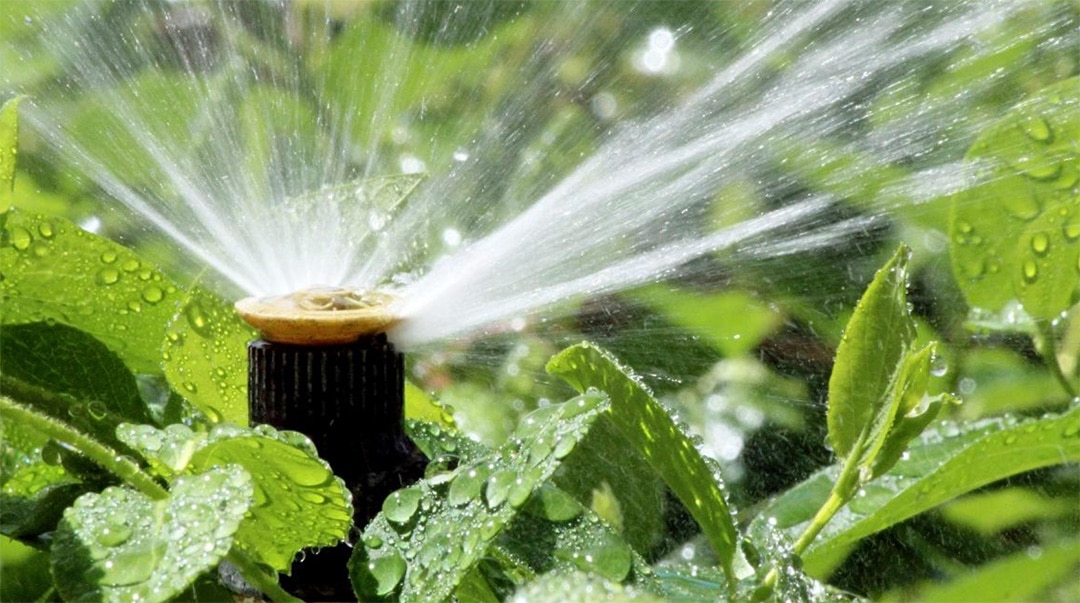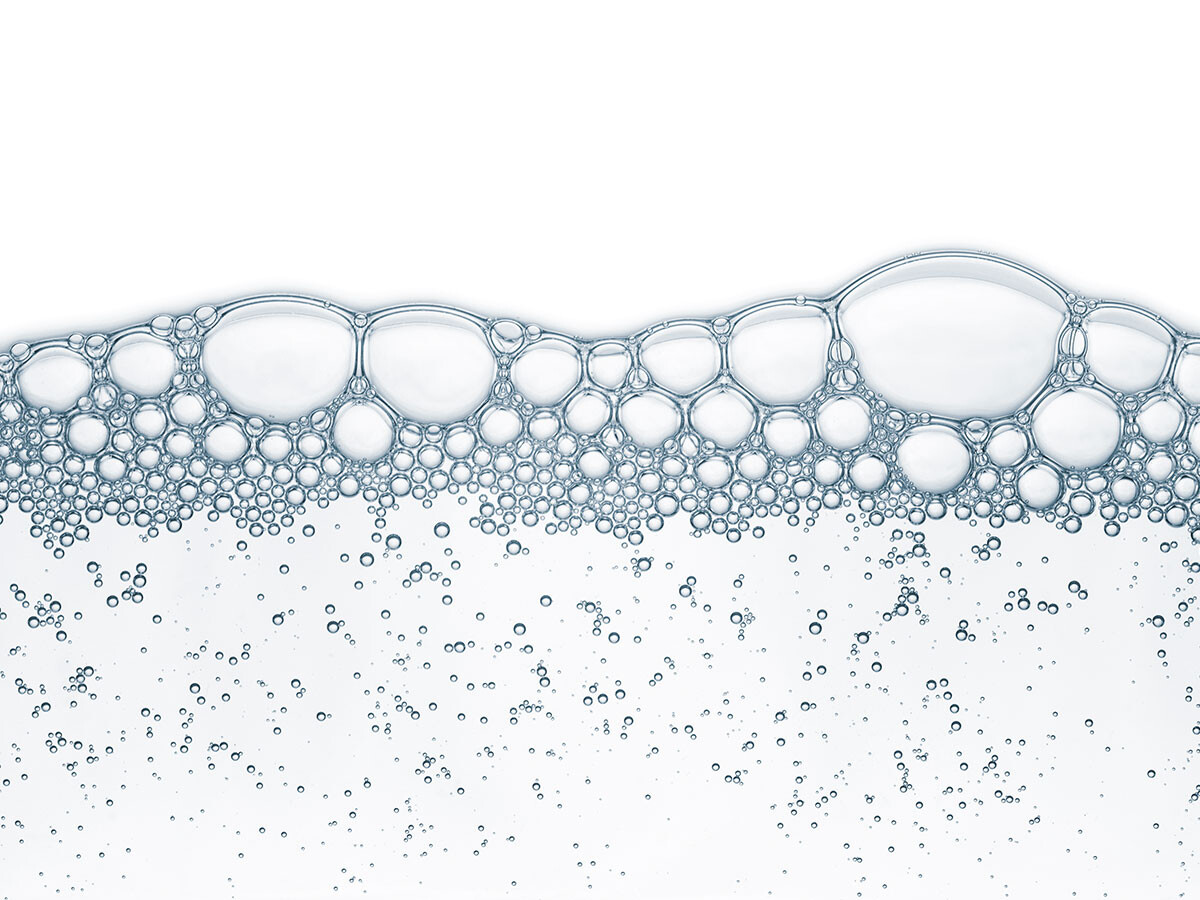Discover the Top Advantages of Using Defoamers in Industrial Processes
The utilization of defoamers in industrial procedures provides an array of engaging advantages that can improve functional effectiveness and item high quality. By properly regulating foam manufacturing, these agents not just enhance product flow yet additionally contribute to significant price reductions and improved sustainability. The effects of embracing defoamers might be extra extensive than initially viewed.
Enhanced Refine Effectiveness
Optimizing commercial procedures commonly entails addressing lathering problems, which can hinder functional effectiveness. Foam formation can conflict with the appropriate performance of equipment, reduce the efficient usage of sources, and make complex the surveillance of important criteria. By executing defoamers, industries can effectively minimize these issues, causing streamlined procedures and enhanced efficiency.
Defoamers work by destabilizing the foam structure, enabling quick collapse and substantial reduction in foam volume. This action not only enhances the flow of materials with equipment, such as activators, pipes, and mixers, but likewise reduces disruptions brought on by foam overflow. As a result, devices downtime is minimized, enabling for a much more constant and efficient manufacturing procedure.
Furthermore, the use of defoamers can bring about minimized power usage. With much less foam to manage, pumps and compressors can operate more effectively, resulting in lower functional expenses and a total enhancement in procedure throughput. Ultimately, the critical use of defoamers not just addresses instant frothing difficulties but likewise adds to a more effective commercial community, cultivating an affordable advantage in a demanding market.
Improved Product Top Quality
The assimilation of defoamers in industrial procedures plays a crucial function in boosting item quality. By properly regulating foam formation, defoamers contribute to the uniformity and harmony of end products. Excessive foam can result in oygenation, which adversely impacts the texture and stability of formulas, specifically in industries such as food and drugs, layers, and drinks.

In addition, defoamers assist in better blending and diffusion of components, leading to homogeneity in solutions. This is vital in applications where precise active ingredient ratios are critical for efficiency and safety. Additionally, the removal of foam can decrease the threat of contamination during manufacturing, further guarding product honesty.
Eventually, by boosting item quality, defoamers not just enhance consumer satisfaction however additionally strengthen brand name credibility. Their duty in maintaining high-quality requirements emphasizes their significance in modern-day commercial processes.
Expense Decrease Benefits
Carrying out defoamers in commercial processes can cause substantial cost reduction advantages. By properly controlling foam formation, defoamers lessen item loss during production, thereby enhancing product use. This decrease in waste translates directly into reduced raw product prices, improving total functional efficiency.
Furthermore, the use of defoamers can reduce power intake. Too much foam can prevent equipment performance, resulting in boosted power needs to keep manufacturing degrees. By minimizing foam, defoamers facilitate smoother operations, allowing machinery to run extra successfully and reducing power expenses.

In addition, defoamers can reduce handling times. By using defoamers, industries can streamline their procedures, leading to faster turnaround times and improved throughput.

Environmental Influence Reduction
In industrial processes, making use of defoamers plays a critical duty in mitigating ecological impacts related to foam generation. Foam can lead to considerable functional inadequacies, resulting in enhanced discharges and waste generation. By properly controlling foam, defoamers assist preserve procedure performance, therefore reducing the overall environmental impact of procedures.
In addition, too much foam can overflow control systems, bring about spills that might contaminate soil and water resources. Defoamers help reduce this danger by making sure that lathering does not surpass recommended limitations, promoting compliance with environmental policies. This positive method not only safeguards ecosystems but also boosts the sustainability of commercial methods.
Furthermore, using defoamers can lower energy consumption in different processes. defoamers. Reducing foam development reduces the requirement for additional energy-intensive measures, such as increased frustration or pumping, which may otherwise be essential to take care of foam. The adoption of defoamers aligns with broader sustainability objectives by promoting power performance while reducing the carbon footprint of commercial activities.
Ultimately, incorporating defoamers into commercial operations is a calculated step that sustains environmental stewardship and responsible source management.
Convenience Throughout Industries
Across different industries, defoamers show remarkable convenience, adjusting to the particular demands of diverse applications. In the food and drink industry, for example, defoamers are vital to maintaining item quality by stopping foam formation during processing, which can affect structure and flavor. Similarly, in the pharmaceutical market, defoamers ensure the stability of solutions, enhancing product efficiency and uniformity.
In the chemical production recommended you read realm, defoamers assist Recommended Reading in smoother procedures by minimizing foam in response vessels, therefore enhancing return and reducing downtime. The paper and pulp market counts on defoamers to boost the efficiency of pulp processing and paper production, making certain optimum product integrity. Additionally, in wastewater treatment facilities, defoamers play an essential duty in controlling foam during aeration processes, causing enhanced therapy end results.
The convenience of defoamers includes the oil and gas market, where they aid in taking care of foam in exploration liquids and manufacturing procedures. By customizing solutions to fulfill details sector needs, defoamers function as essential tools that improve operational efficiency, product quality, and overall process performance throughout a wide variety of markets. Their versatility highlights their worth in contemporary industrial applications.
Verdict
Finally, the utilization of defoamers in commercial procedures provides numerous advantages, consisting of boosted effectiveness, boosted product top quality, significant expense decreases, and favorable environmental effects. index Their capability to properly control foam formation adds to operational connection and source optimization. Additionally, the convenience of defoamers across varied sectors underscores their crucial duty in advertising lasting techniques and productivity. The assimilation of defoamers stands for a strategic approach to addressing difficulties associated with foam administration in numerous manufacturing atmospheres.
Ultimately, the calculated usage of defoamers not just addresses prompt foaming challenges but likewise adds to a much more efficient industrial ecosystem, promoting a competitive advantage in a demanding market.
In industrial processes, the use of defoamers plays a critical role in mitigating environmental impacts connected with foam generation. By properly regulating foam, defoamers help maintain procedure performance, therefore reducing the overall ecological impact of procedures.
In addition, in wastewater therapy facilities, defoamers play an important function in managing foam during aeration procedures, leading to better therapy results.
